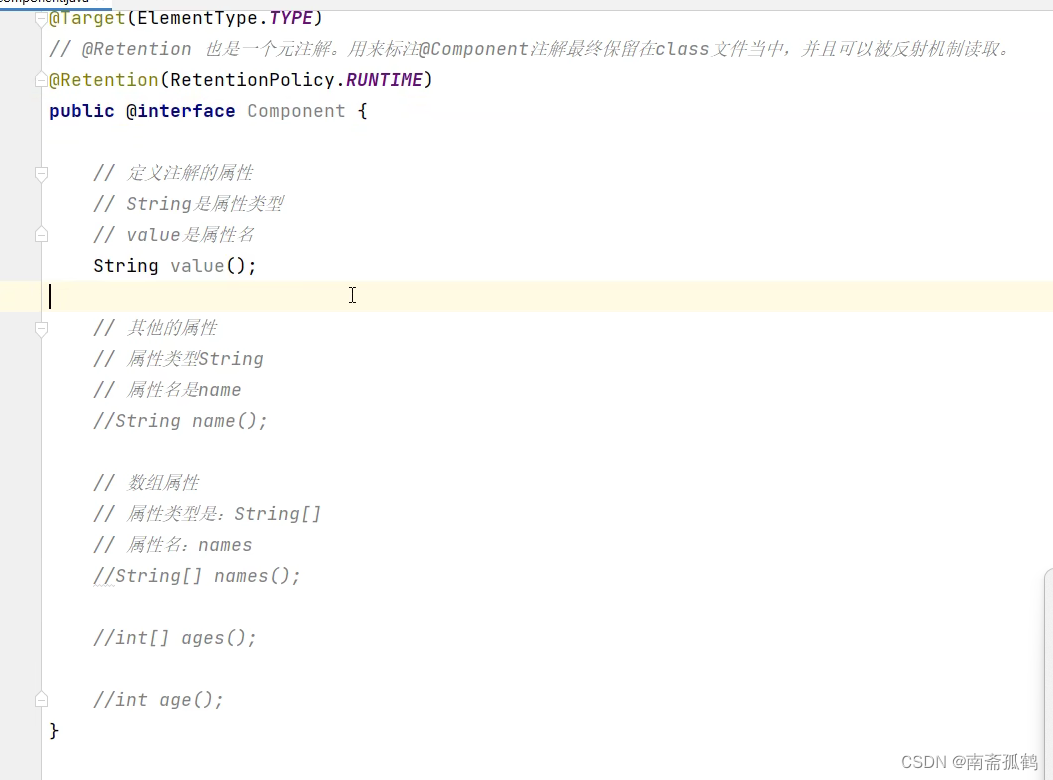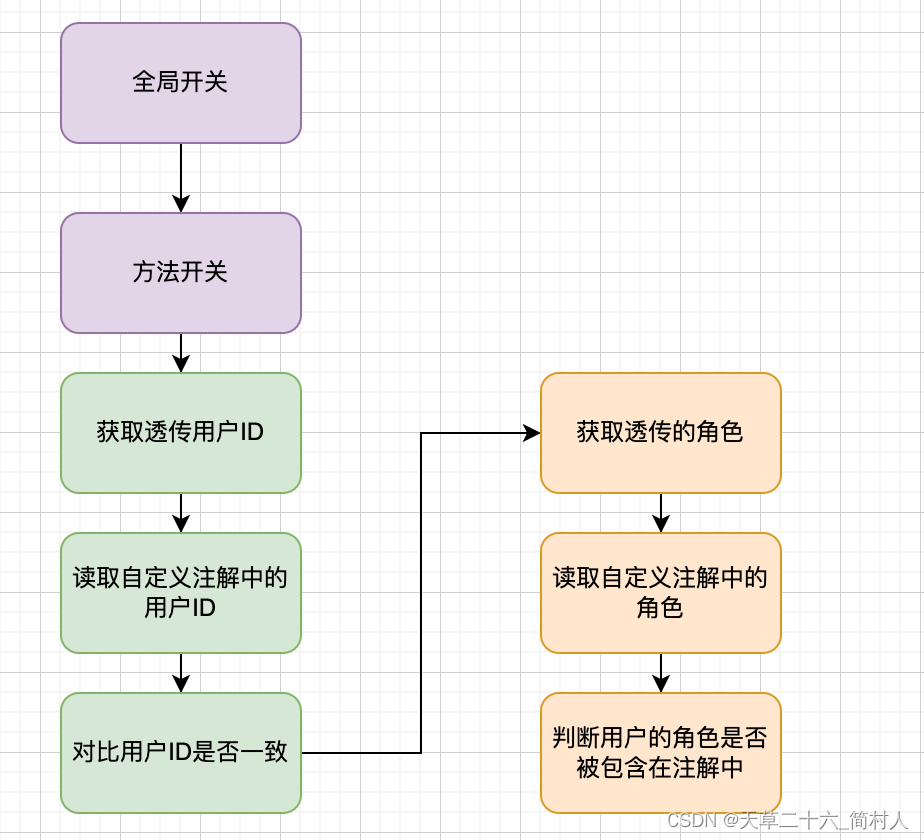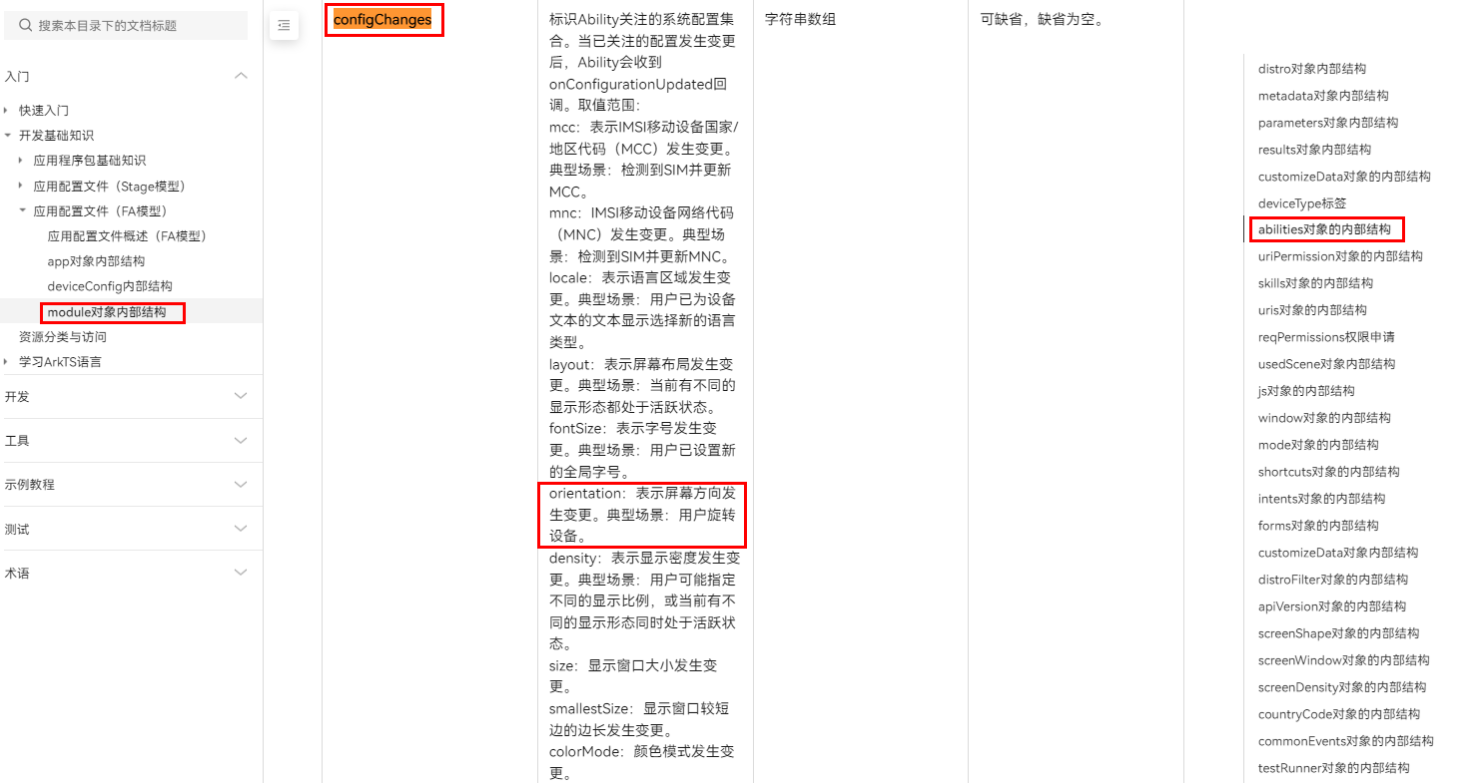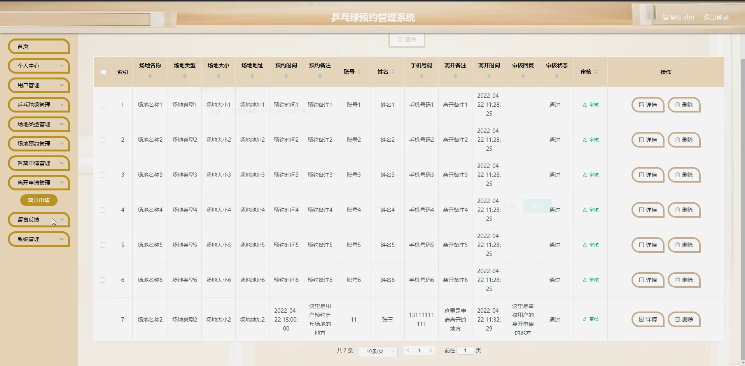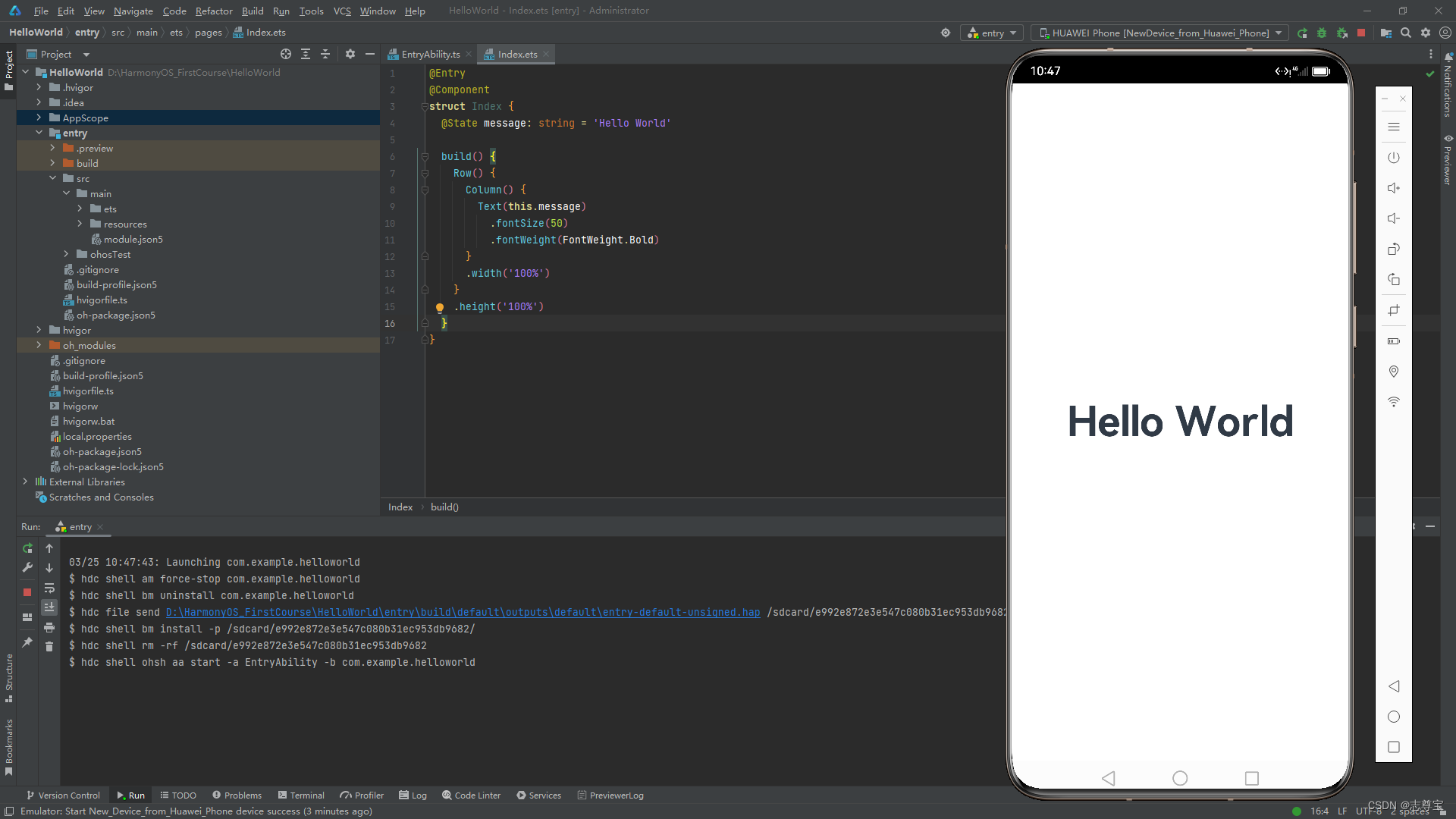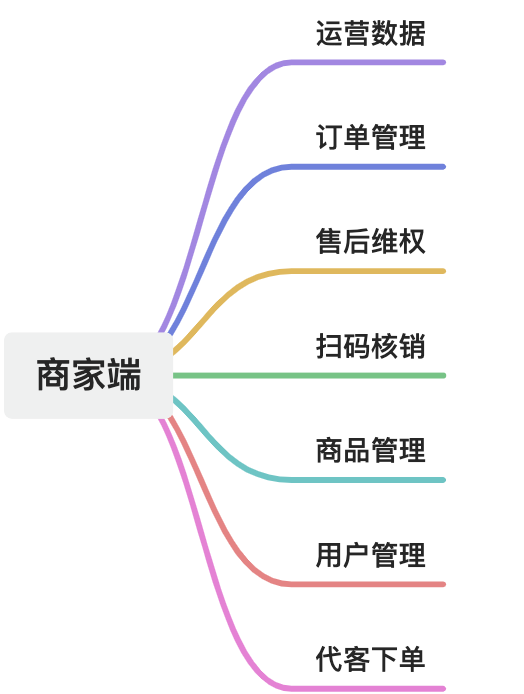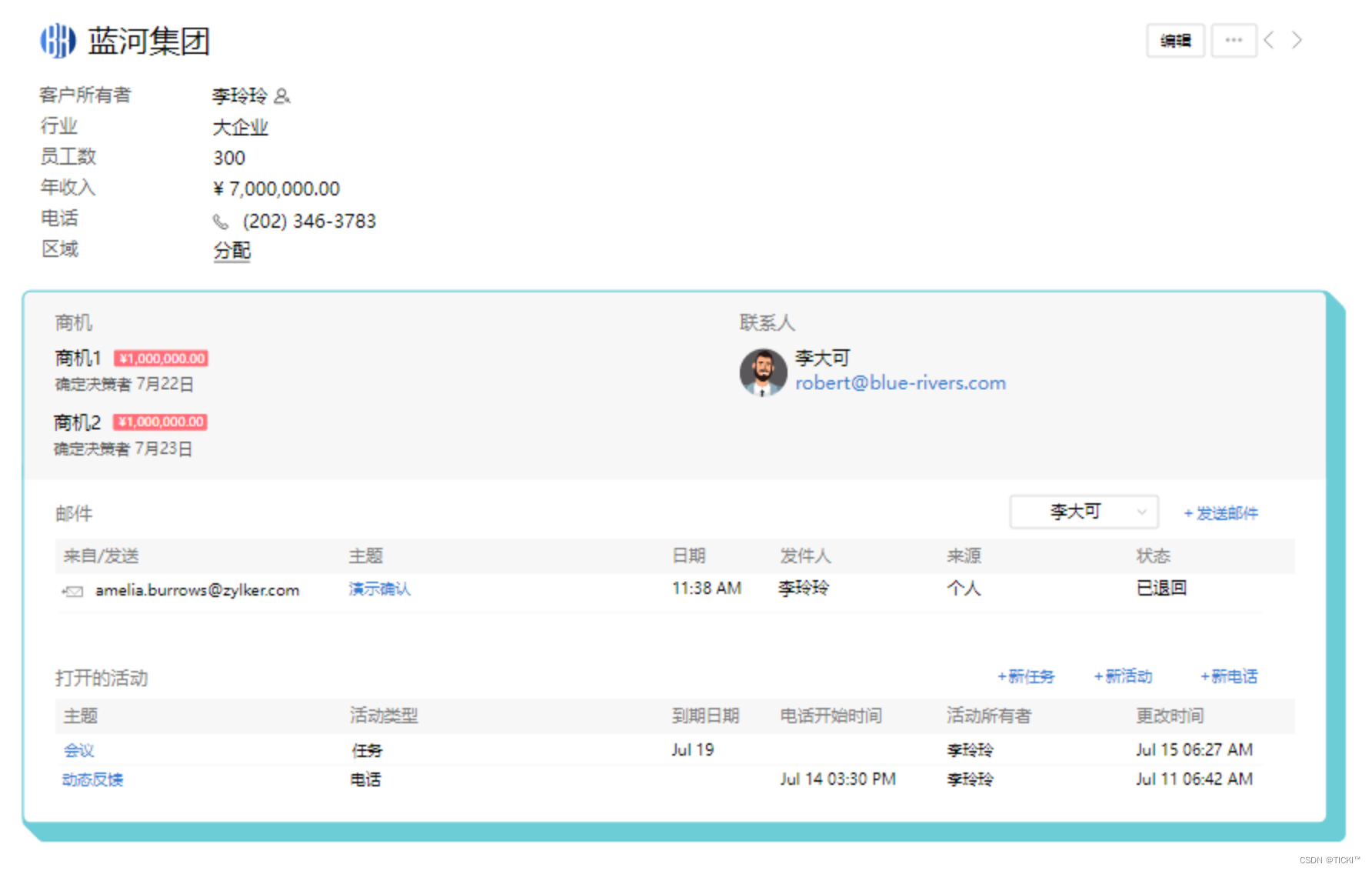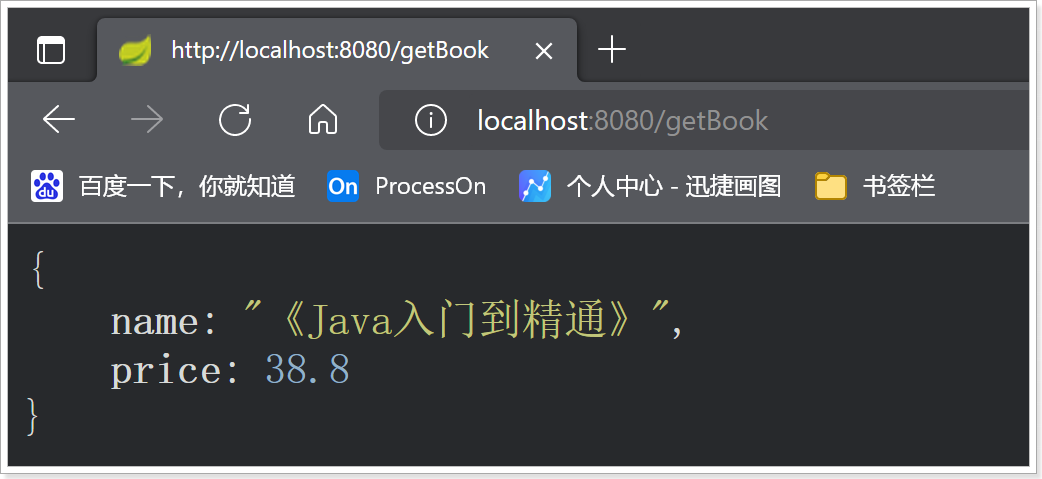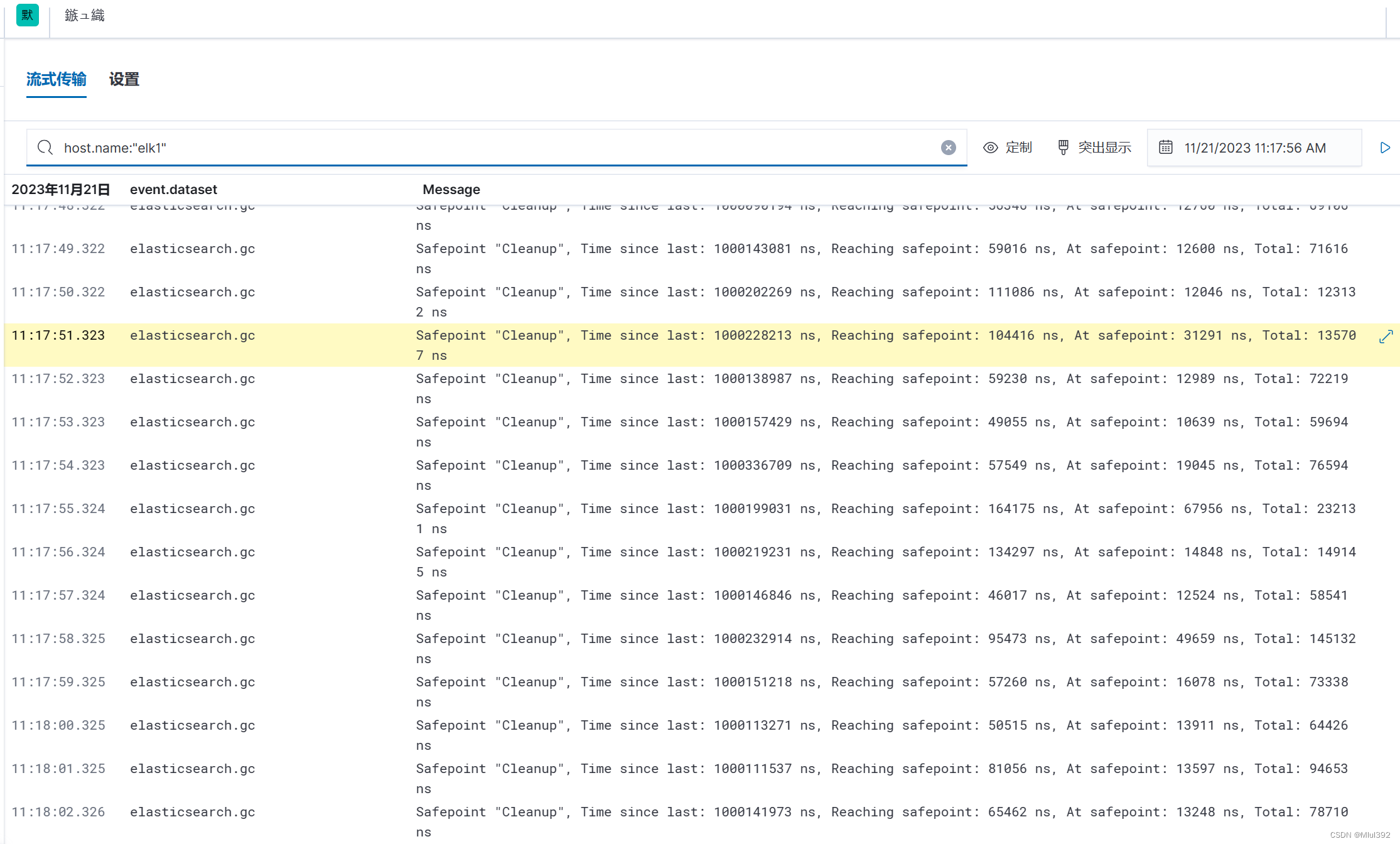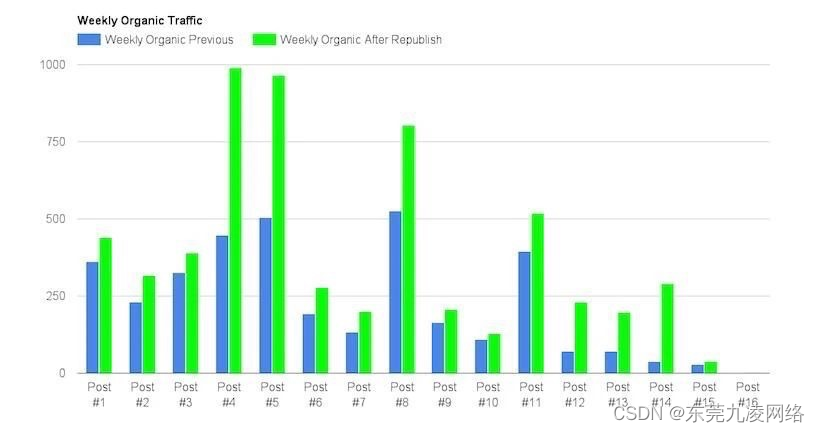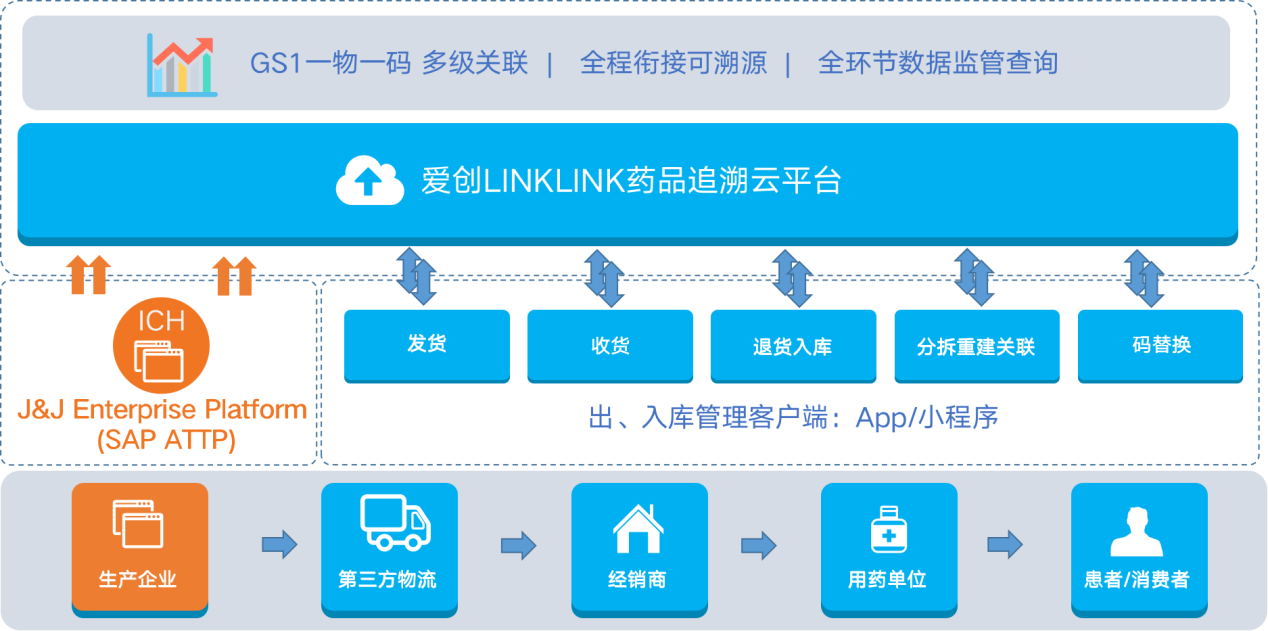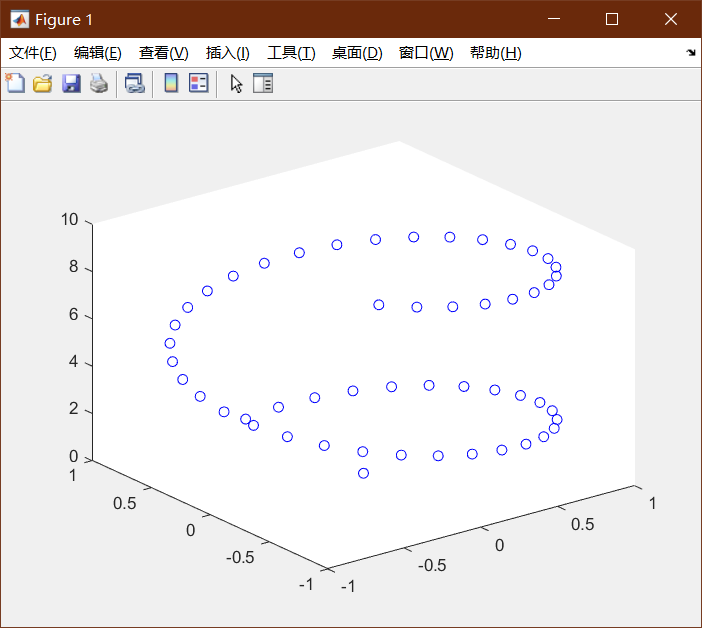本文根据哔哩哔哩课程内容结合自己自学所得,用于自己复习,如有错误欢迎指正;
我在想用一句话激励我自己努力学习,却想不出来什么惊为天人、精妙绝伦的句子,脑子里全是上课老师想说却没想起的四个字 “ 唯手熟尔 ”,是啊!不过唯手熟尔!
目录
Spring注解式开发
自定义注解
自定义注解的使用
通过反射机制读取类上的注解
需求,给你一个包名,包中有很多对象,然后将该包下实现了@component注解的类存到一个map集合中,其中注解ID为key,实例化后的对象为value值;
Spring声明Bean注解
Spring注解使用
选择实例化Bean
负责注入的注解
@value注解
@autowired注解
使用@autowired注解的方式解决注入非简单类型的数据,默认是根据类型装配的;注意点有下面两点:
如何解决上面的问题
@Resource注解
@Resource VS @autowired
spring.xml也变成注解类
Spring注解式开发
首先回顾注解相关知识点,
-
什么是注解?
-
注解的定义格式?
-
注解属性值的定义?
-
如何使用注解?
自定义注解
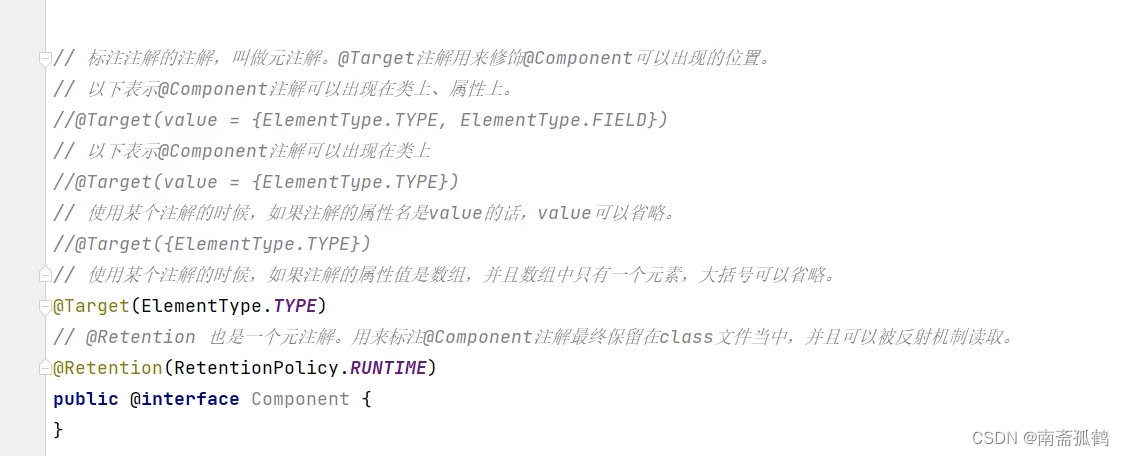
自定义注解的使用

通过反射机制读取类上的注解

需求,给你一个包名,包中有很多对象,然后将该包下实现了@component注解的类存到一个map集合中,其中注解ID为key,实例化后的对象为value值;
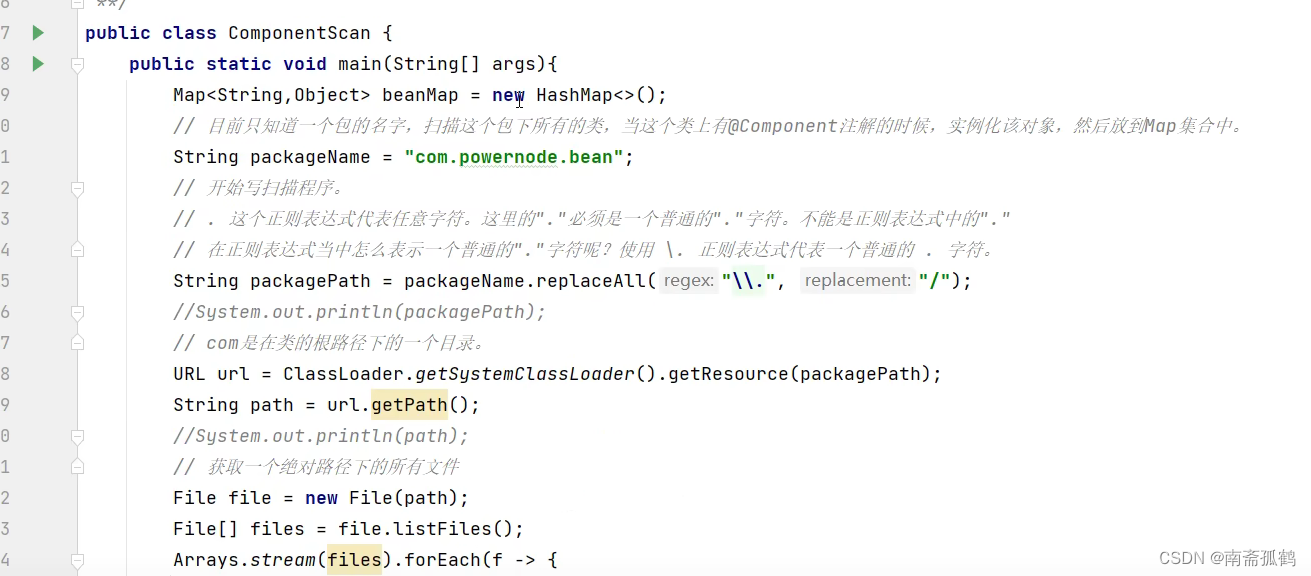
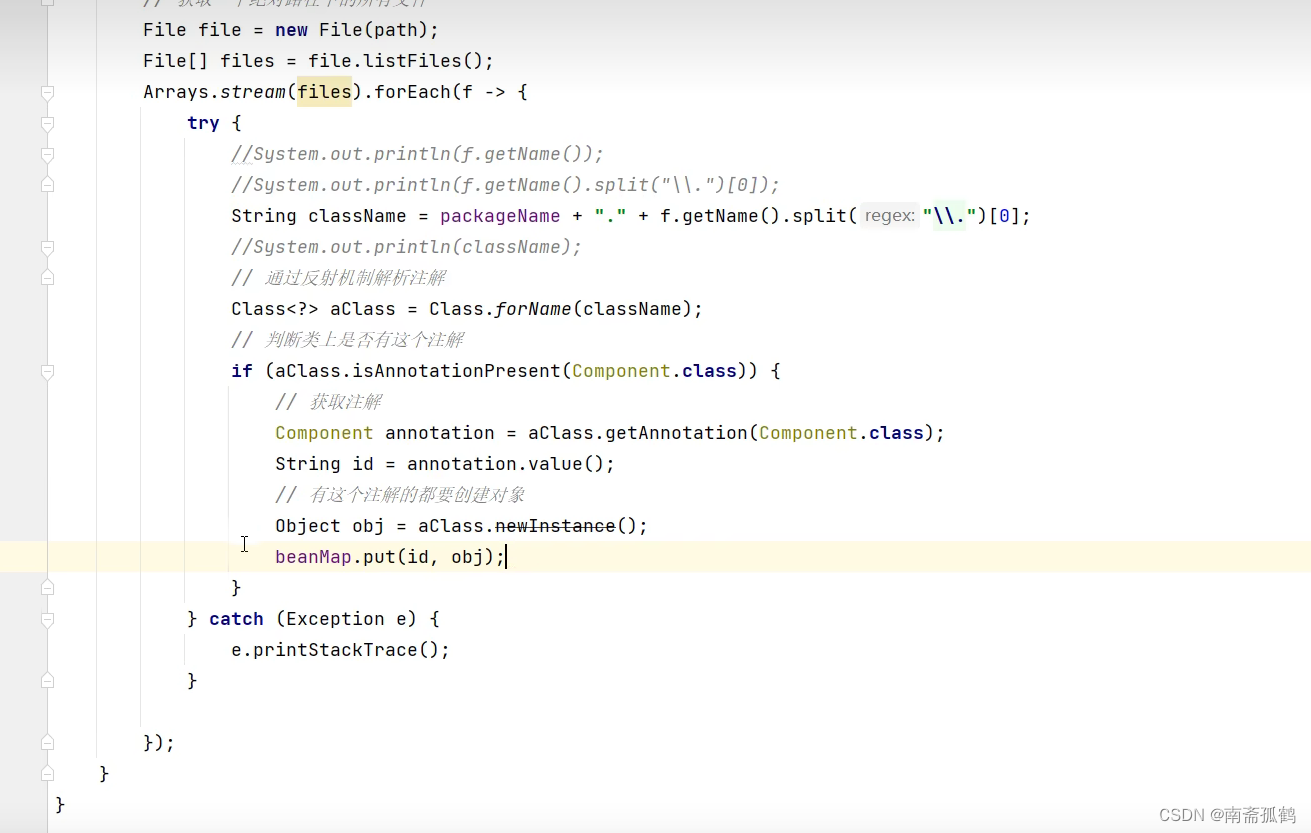
Spring声明Bean注解
这里插入一个知识点,其实注解就是元数据,第一次接触元数据是在JDBC中,所谓元注解就是修饰数据的数据,这里的注解和xml配置信息也是元注解,他们都是为了修饰数据;
在Spring中声明容器管理的Bean的注解有四个,
-
@component
-
@service
-
@controller
-
@repository
其中只有component注解为原始注解,但是为了提高可读性,又给他起了下面三个别名;源码如下:
@Target(value = {ElementType.TYPE})//target是为了指定注解能够出现的地方; @Retention(value = RetentionPolicy.RUNTIME) public @interface Component { String value(); } @Target({ElementType.TYPE}) @Retention(RetentionPolicy.RUNTIME) @Documented @Component public @interface Controller { @AliasFor( annotation = Component.class ) String value() default ""; } @Target({ElementType.TYPE}) @Retention(RetentionPolicy.RUNTIME) @Documented @Component public @interface Service { @AliasFor( annotation = Component.class ) String value() default ""; } @Target({ElementType.TYPE}) @Retention(RetentionPolicy.RUNTIME) @Documented @Component public @interface Repository { @AliasFor( annotation = Component.class ) String value() default ""; }
Spring注解使用
使用注解的前期步骤:
-
加入aop依赖(引入Spring-context即可,它里面包含了Spring-aop)
-
在配置文件中添加context命名空间
<?xml version="1.0" encoding="UTF-8"?> <beans xmlns="http://www.springframework.org/schema/beans" xmlns:xsi="http://www.w3.org/2001/XMLSchema-instance" xmlns:context="http://www.springframework.org/schema/context" xsi:schemaLocation="http://www.springframework.org/schema/beans http://www.springframework.org/schema/beans/spring-beans.xsd http://www.springframework.org/schema/context http://www.springframework.org/schema/context/spring-context.xsd"> </beans> -
在配置文件中指定扫描的包
<context:component-scan base-package="com.powernode.spring6.bean"/> //如果出现多个包的情况,可以声明他们的共同父类,或者通过逗号的方式,同时声明多个包 -
在Bean类上使用注解
在Bean类上使用注解的几个小细节; 1,在注解的使用中,如果添加的是value属性,其中value可以省略,只需要写对应的值即可; 2,如果我们在使用注解时,不指定value属性的值时,Spring会给我自动创建一个属性值(采用默认方式),即Bean类的名字首字母小写
选择实例化Bean
有时候我们有这样的需求,将某个包下添加了@component注解的Bean单独实例化,其他的Bean都不实例化,如何解决;
Spring为我们提供了两种方式,use-default-filter属性值为false或者true
<context:component-scan base-package="com.powernode.spring6.bean3" use-default-filters="false">
<context:include-filter type="annotation" expression="org.springframework.stereotype.Controller"/>
</context:component-scan>添加use-default-filter属性,true时表示采用Spring默认规则,实例化被四个注解标注的Bean;
false表示,不在使用默认的实例化规则,全部都不实例化,如果想要实例化某个注解,就需要配置子标签context:include-filter,并在其中声明需要实例化的注解;
负责注入的注解
前面说了实例化Bean的注解@component,现在说替代set注入或者构造函数注入的注解;
@value注解
对于简单类型,都可以使用value注解,但是这种注解目前是硬编码;耦合度太高,我也不知道后面会咋弄;直接在添加了@component注解的类属性上添加@value注解;
@Component
public class User {
@Value(value = "zhangsan")
private String name;
@Value("20")
private int age;
}}这种注入方式不依赖get\set方法,而且@value注解可以放在属性上、set方法上、构造方法上、或者构造方法的形参上;
@autowired注解
对于简单类型我们使用@value注解,那么对于复杂类型我们就使用@autowired注解;这种方式是自动装配,在之前我们接触过基于xml文件的自动装配,他是通过给Bean标签中添加autowire属性开启自动装配功能,然后他的属性值就会开始自动装配,底层调用的是set方法,是通过方法名来自动装配的,演示案例:
-
<bean id="userService" class="com.powernode.spring6.service.UserService" autowire="byName"/> <bean id="aaa" class="com.powernode.spring6.dao.UserDao"/> public class UserService { // 这里没修改 private UserDao aaa; /*public void setAaa(UserDao aaa) { this.aaa = aaa; }*/ // set方法名变化了,就无法自动装配了 public void setDao(UserDao aaa){ this.aaa = aaa; } public void save(){ aaa.insert(); } }使用autowire属性为byName这种自动装配时必须注意set方法名,还有一种是根据类型自动装配,但是此时需要注意的是符合条件的实现类必须只有一个;
-
无论是byName还是byType,在装配的时候都是基于set方法的。而采用注解方式时就不依赖set方法了;
使用@autowired注解的方式解决注入非简单类型的数据,默认是根据类型装配的;注意点有下面两点:
-
第一处:该注解可以标注在哪里?
-
-
构造方法上
-
方法上
-
形参上
-
属性上
-
注解上
-
-
-
<span style="color:red">第二处:该注解有一个required属性,默认值是true,表示在注入的时候要求被注入的Bean必须是存在的,如果不存在则报错。如果required属性设置为false,表示注入的Bean存在或者不存在都没关系,存在的话就注入,不存在的话,也不报错。</span>
由于@autowired注解采用的是默认的方式也就是byType类型,所以实习类必须只有一个,否则会报错;
如何解决上面的问题
配合@Qualifier注解同时使用,在@Qualifier注解中指明Bean标签的名称即可;
@Autowired
@Qualifier("userDaoForOracle") // 这个是bean的名字。
public void setUserDao(UserDao userDao) {
this.userDao = userDao;
}总结:
-
@Autowired注解可以出现在:属性上、构造方法上、构造方法的参数上、setter方法上。
-
当带参数的构造方法只有一个,@Autowired注解可以省略。多个的话就会报错
-
@Autowired注解默认根据类型注入。如果要根据名称注入的话,需要配合@Qualifier注解一起使用。
@Resource注解
这个注解使用的最广泛,最受欢迎,同样他的作用也是完成非简单类型的注入,
@Resource VS @autowired
@Resource注解也可以完成非简单类型注入。那它和@Autowired注解有什么区别?
-
@Resource注解是JDK扩展包中的,也就是说属于JDK的一部分。所以该注解是标准注解,更加具有通用性。(JSR-250标准中制定的注解类型。JSR是Java规范提案。)
-
@Autowired注解是Spring框架自己的。
-
@Resource注解默认根据名称装配byName,未指定name时,使用属性名作为name。通过name找不到的话会自动启动通过类型byType装配。
-
@Autowired注解默认根据类型装配byType,如果想根据名称装配,需要配合@Qualifier注解一起用。
-
@Resource注解用在属性上、setter方法上。
-
@Autowired注解用在属性上、setter方法上、构造方法上、构造方法参数上。
@Resource注解属于JDK扩展包,所以不在JDK当中,需要额外引入以下依赖:【如果是JDK8的话不需要额外引入依赖。高于JDK11或低于JDK8需要引入以下依赖。】
<dependency>
<groupId>jakarta.annotation</groupId>
<artifactId>jakarta.annotation-api</artifactId>
<version>2.1.1</version>
</dependency>spring.xml也变成注解类
所谓的全注解开发就是不再使用spring配置文件了。写一个配置类来代替配置文件。
<?xml version="1.0" encoding="UTF-8"?>
<beans xmlns="http://www.springframework.org/schema/beans"
xmlns:xsi="http://www.w3.org/2001/XMLSchema-instance"
xmlns:context="http://www.springframework.org/schema/context"
xsi:schemaLocation="http://www.springframework.org/schema/beans http://www.springframework.org/schema/beans/spring-beans.xsd
http://www.springframework.org/schema/context http://www.springframework.org/schema/context/spring-context.xsd">
<context:component-scan base-package="com.powernode.spring6.dao,com.powernode.spring6.service"/>
</beans>二者比较
@Configuration
@ComponentScan({"com.powernode.spring6.dao", "com.powernode.spring6.service"})
public class Spring6Configuration {
}但是相应的测试程序就需要改变了:
@Test
public void testNoXml(){
ApplicationContext applicationContext = new AnnotationConfigApplicationContext(Spring6Configuration.class);
UserService userService = applicationContext.getBean("userService", UserService.class);
userService.save();
}ClassPathXmlApplicationContext 类换成了 AnnotationConfigApplicationContext
他日若遂凌云志,敢笑黄巢不丈夫,加油!!!
